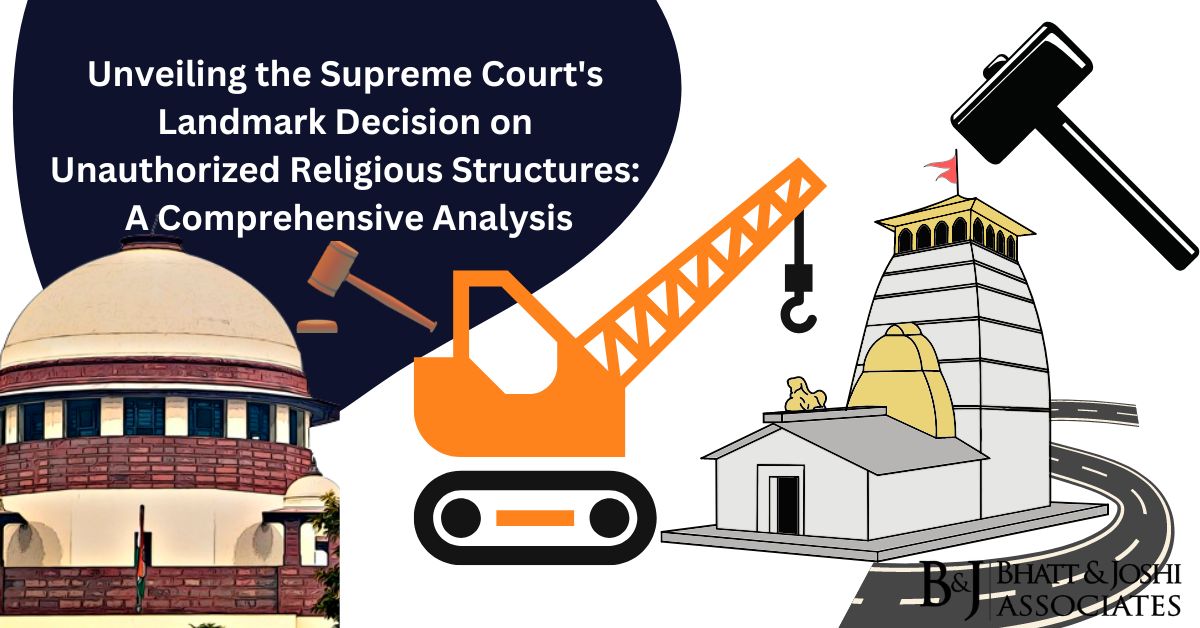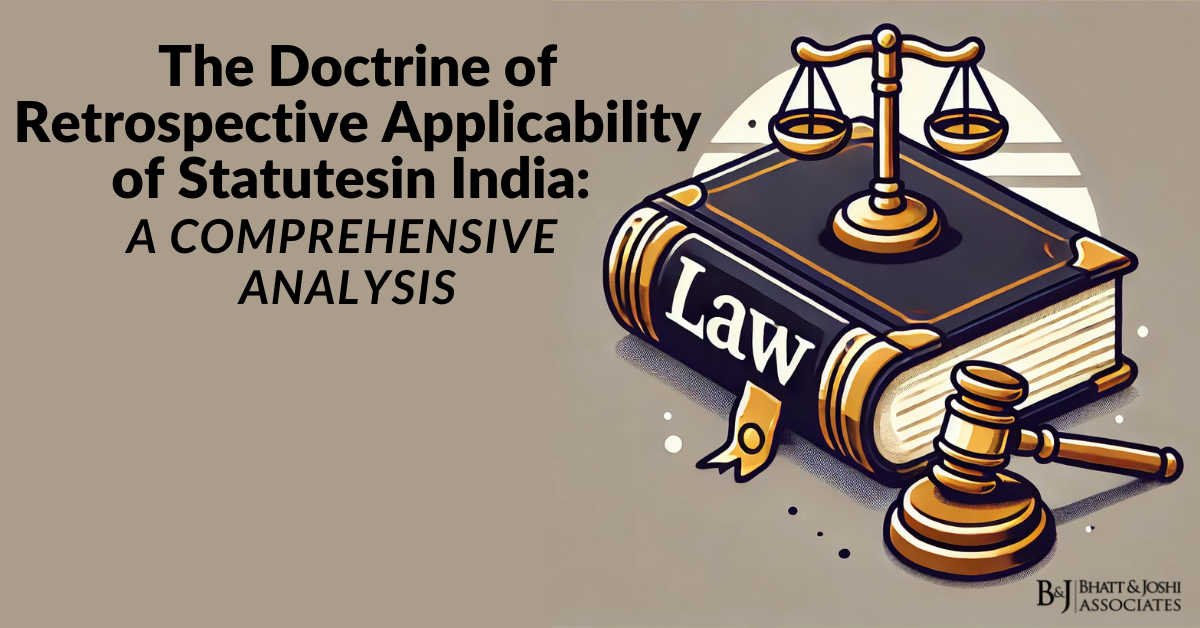Introduction
The recent directive from the Supreme Court of India ordering the removal of Unauthorized religious structures on public land marks a significant milestone in addressing the widespread challenge of unauthorized encroachments. This detailed analysis delves into the invoked legal provisions, highlights crucial segments of the verdict, and explores the broader implications of this ruling for the general populace.
Background and Legal Framework
In response to the encroachment of more than 1,200 temples and 260 Islamic shrines on public spaces in Gujarat, as reported by a leading newspaper, the Supreme Court intervened to tackle this issue on a national scale. Stemming from a special leave to appeal (C) No. 8519/2006, the case underscores the judiciary’s proactive stance in safeguarding public land.
Legal Provisions Explored
The judgement extensively relies on existing legal frameworks to emphasize the preservation of the sanctity of public spaces. It reiterates the principle that public land must be reserved for public use and should not be encroached upon by unauthorized constructions, including religious structures.
Key Judgement Highlights: Unauthorized Religious Structures
The Supreme Court’s ruling includes pivotal paragraphs that illuminate the court’s rationale and directives:
- Consensus on Prohibition
States unanimously agreed, as conveyed by the Union Home Secretary, that no unauthorized construction of any religious nature would be allowed on public streets or spaces. - Mandate for Review
States and Union Territories were instructed to scrutinize existing unauthorized religious constructions on a case-by-case basis and promptly take appropriate actions. - Enforcement Mechanism
The directive for District Collectors and Magistrates/Deputy Commissioners to ensure compliance and submit compliance reports underscores the judiciary’s intent to rigorously enforce this ruling.
The Supreme Court’s Directives: A Closer Examination
- No Unauthorized Constructions: Explicitly states that henceforth, no unauthorized religious constructions shall be carried out or allowed on public land.
- Review and Action: Assigns the responsibility to States and Union Territories to individually review existing encroachments and take necessary actions, demonstrating the court’s commitment to rectify past oversights.
- Role of Local Authorities: Highlights the crucial role of District Collectors and Magistrates in ensuring compliance, emphasizing a decentralized approach to enforcement.
Enforcement and Oversight: Dealing with Unauthorized Religious Structures
The decision to have High Courts supervise the implementation of this order strategically ensures that local nuances are considered, and there is a judicial oversight mechanism to address any challenges or discrepancies in the enforcement process.
Conclusion: Judicial Oversight on illegal Religious Structures
The Supreme Court’s judgement on removing illegal religious structures from public land is a groundbreaking ruling with far-reaching implications. By invoking legal provisions and outlining a detailed enforcement mechanism, the court emphasizes the importance of preserving public spaces for public use. This verdict not only addresses immediate issues of unauthorized encroachments but also sets a precedent for the future governance of public land, signaling a move towards more regulated and equitable use of shared spaces. For the common man, this decision reaffirms the judiciary’s role in upholding the rule of law and ensuring the sanctity of public land.














